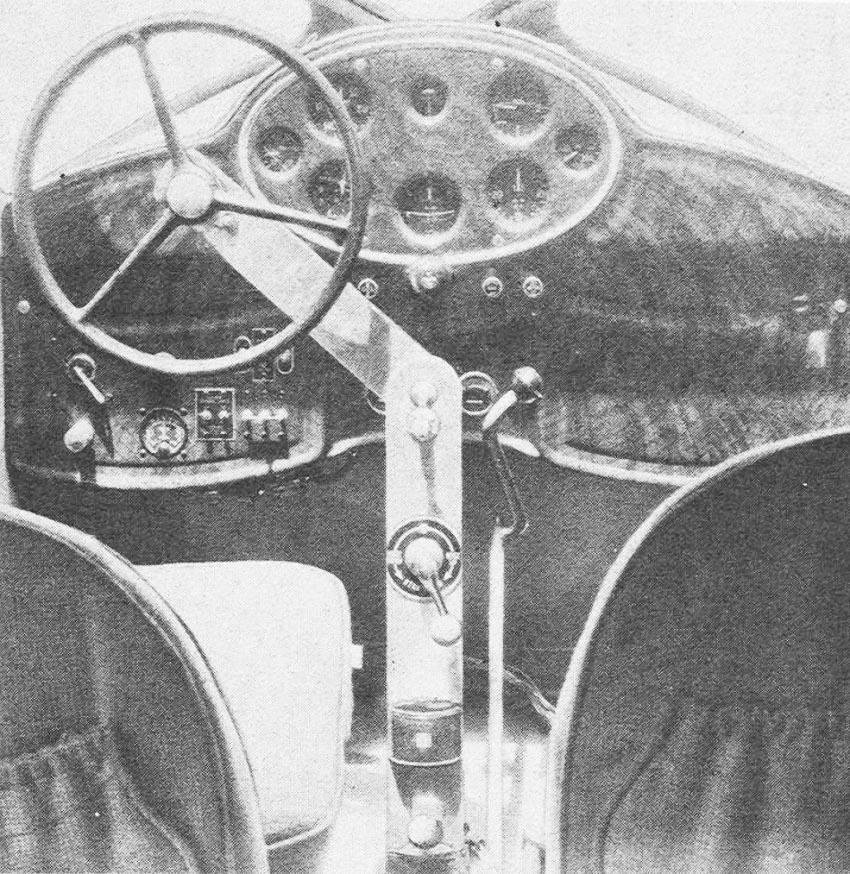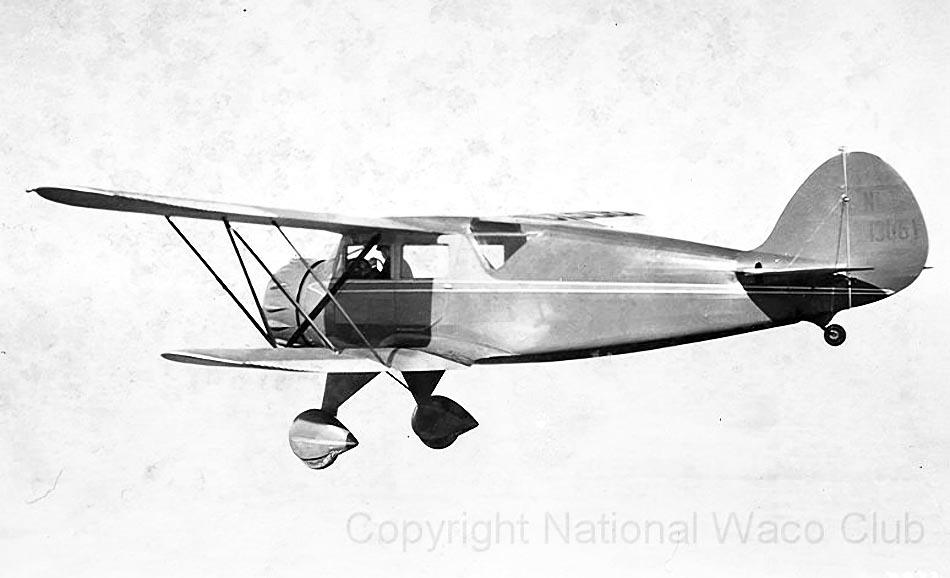| Type |
1 + 4 passenger plane |
| Engine |
1 Continental R-670 |
| Dimensions |
Length 6,81 m , height , span 10,13 m , wing area , |
| Weights |
Empty 943 kg, loaded 1474 kg , max. take off weight |
| Performance |
Max.. speed 203 km/h, cruising speed , range , endurance , service ceiling , climb |
| Type |
Werk.Nr |
Registration |
History |
|
3818 |
D-3347, D-OXYZ |
RDL Erprobungsstelle Staaken in 1934 |
All of the Waco Standard Cabins were powered by cowled radial engines and Waco tried to accommodate their customers preferences for many of the more common commercially available engines of the period, hence the profusion of designations, as the first letter indicates the engine installed. Individual models were each certified with various available engines but not all variations found customers.
Fuselage structure was typical for the period, being welded chrome-moly tubing with light wood strips to fair the shape in and covered with fabric.Wings were built around two solid spruce spars with the airfoil formed from trussed ribs made from plywood and spruce. The leading edge was covered in aluminum sheeting and the whole assembly covered in fabric. Ailerons were interconnected with a strut mounted to the trailing edge and on some versions were sheeted with ribbed aluminum. Most models were not fitted with flaps – the VKS-7F, built for the Civilian Pilot Training Program (CPTP) being the exception. It was fitted with split flaps only on the undersides of the upper wings and at mid chord, inboard and just ahead of the ailerons. Wing bracing was with a canted N strut joining upper and lower wings, assisted by a single strut bracing the lower wing to the upper fuselage longeron, there being no bracing wires. Elevators and rudder were built up from welded steel tubing braced with wire cables, and both could be trimmed, the elevators in flight and the rudder with a ground adjustable tab. Normally the main undercarriage was made up of a pair of vees, sprung with oleo/spring struts and provided with brakes as standard equipment, and a free-castoring tailwheel sprung with triangulated shock cords. was fitted to most aircraft, although a small number for Brazil were fitted with a tail skid.



